Last Chance to Catch NYC's Holiday Notalgia Train
We met the voices of the NYC subway on our nostalgia ride this weekend!


Ever wonder why Madison Square Garden is located atop Penn Station and not at Madison Square? The story is very New York and is not quite finished yet. Repeated calls over the years to relocate the current Madison Square Garden have been rooted in a desire to reimagine Penn Station, but all the recent improvements to the transit hub, including the opening of Moynihan Train Hall, gingerly sidestep the behemoth in the midst.
In total, New York City has been home to not one, not two, but four different Madison Square Gardens dating back to 1879. Sadly, none of the former MSG buildings stand today. Beginning with a humble open-air arena to the world-renowned sports and entertainment venue it is today, the four Madison Square Gardens have witnessed the evolving society of New York City with dramatic scandals and murders, evolving architectural styles, and events that reflected the social and political milieu of the time.
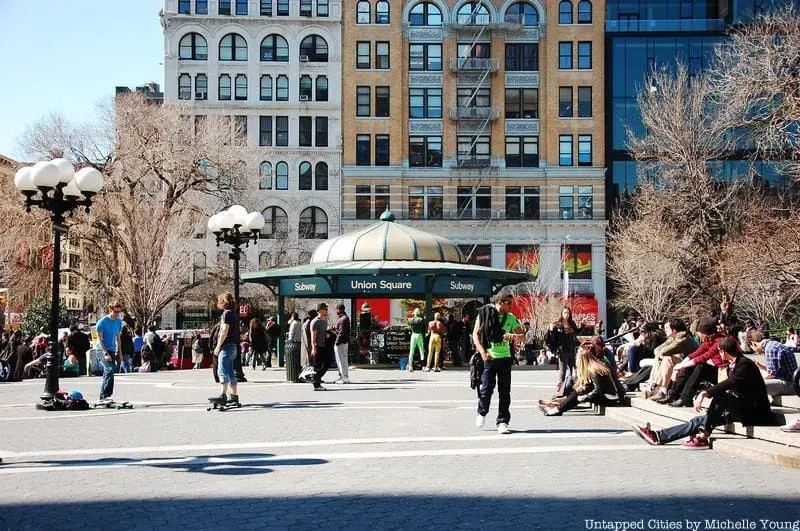
Saturday, August 9th at 10:00 am ET: Join Untapped New York's expert guide Richard Soden for a walk through several of the most dynamic and diverse areas of Manhattan!
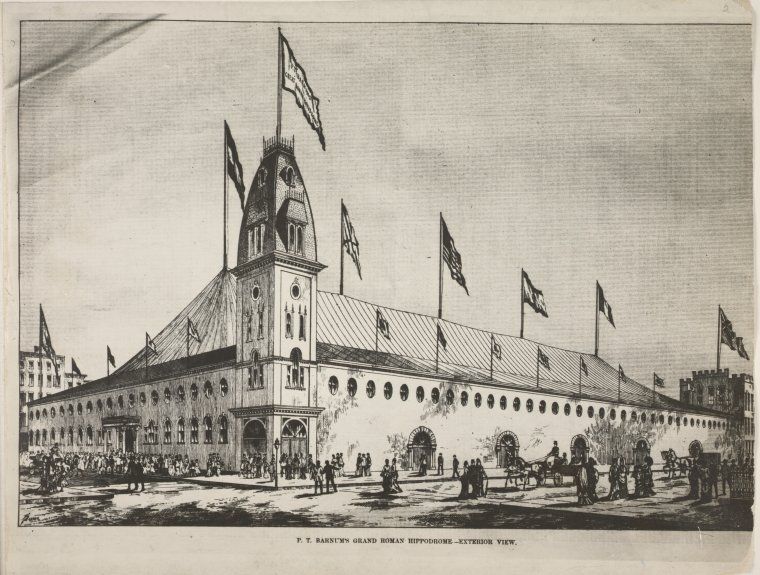
The first Madison Square Garden was already an existing venue known as P.T. Barnum’s “Great Roman Hippodrome,” or “Barnum’s Monster Classical and Geological Hippodrome,” located at the northeast corner of Madison Square Park. In fact, before it was Barnum’s entertainment venue, the complex was actually the former depot of The New York and Harlem Railroad, which pulled trains using horse drawn carriages. Cornelius Vanderbilt, the railroad magnate, relocated the railroad hub to 42nd Street (first as Grand Central Depot, then Station, then Terminal).
The open-air venue was used as a velodrome, for multi-day races, and even for a Roman Carnival. When Vanderbilt opened his new station, he leased the old one at Madison Square to P.T. Barnum. After a few more proprietors and lease changes, Vanderbilt’s grandson, William K. Vanderbilt, rechristened the venue Madison Square Garden in 1879.
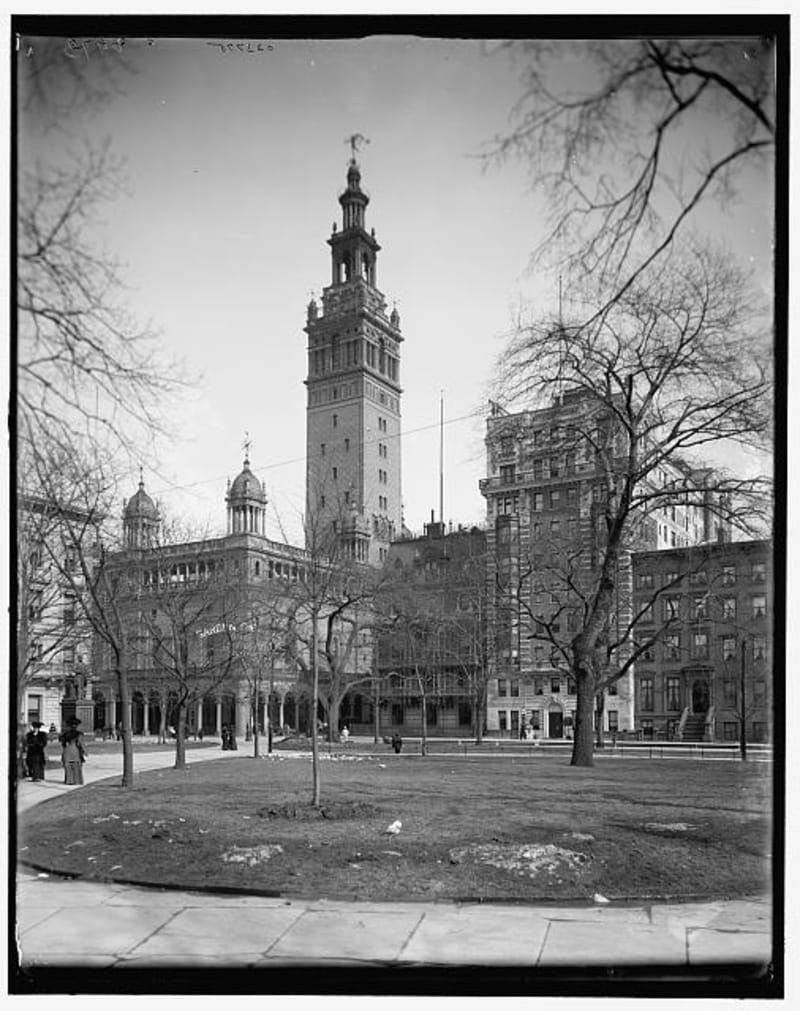
The first Madison Square Garden was demolished in 1889. Vanderbilt, citing lack of profitability of the venue, sold the land to a consortium of esteemed buyers including J.P. Morgan, P. T. Barnum, and Andrew Carnegie. By 1890, a new Madison Square Garden opened with a Beaux-Arts Moorish design by the young celebrated society architect Stanford White. It cost over $3 million or nearly $88 million in 2020 dollars.
The most distinctive feature of the second Madison Square Garden was its tower, modeled on the Giralda in Spain, on top of which stood a statue of Diana by August Saint-Gaudens. Also notable was a rooftop garden, all the rage for entertainment in the Gilded Age, which became the site of Stanford White‘s murder at the hands of Harry K. Thaw, a jealous rival in a love triangle gone wrong.
The Second Madison Square Garden was also the site of the 1924 presidential convention, which was the first time a woman was nominated to be Vice-President of the United States. The second iteration of Madison Square Garden would be demolished just a year later.
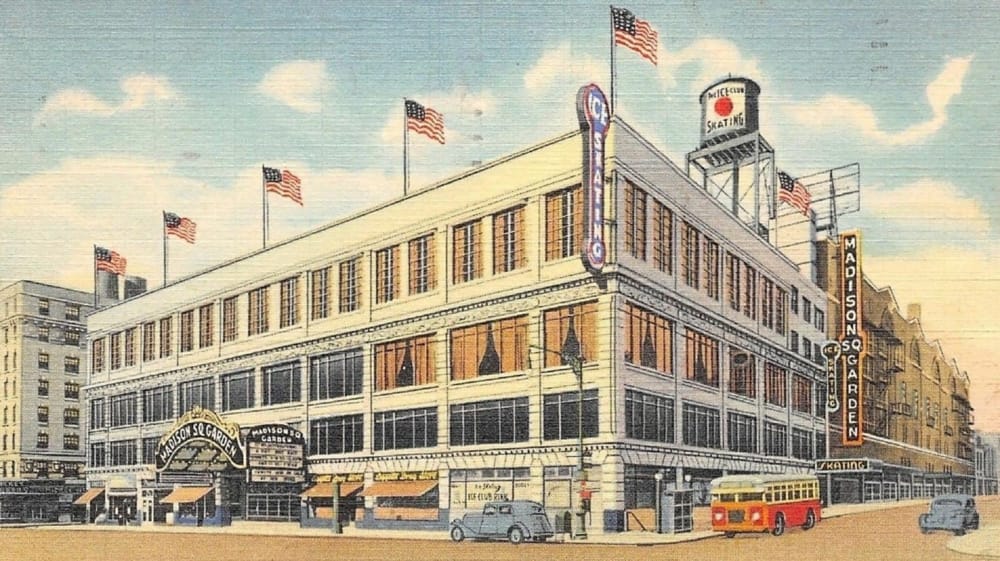
New York Life Insurance held the mortgage on the second Madison Square Garden, and in 1923, the company decided to demolish the arena and build their new headquarters at Madison Avenue and 26th Street. The Cass Gilbert-designed headquarters with the gold pyramidal roof still stands today, next to the MetLife buildings.
Madison Square Garden itself was then relocated to the west side, on 8th Avenue between 49th and 50th streets. The venue was designed by renowned theater architect Thomas W. Lamb, but the seats with obstructed views proved to be a problem. It would be here, however, that many political events would take place: a Nazi rally; an anti-Nazi rally; a fundraiser hosted by Eleanor Roosevelt and the Crown Princess of Norway (recently shown in the PBS Masterpiece series, Atlantic Crossing); and the famous rendition of “Happy Birthday” sung by Marilyn Monroe to John F. Kennedy in 1962.
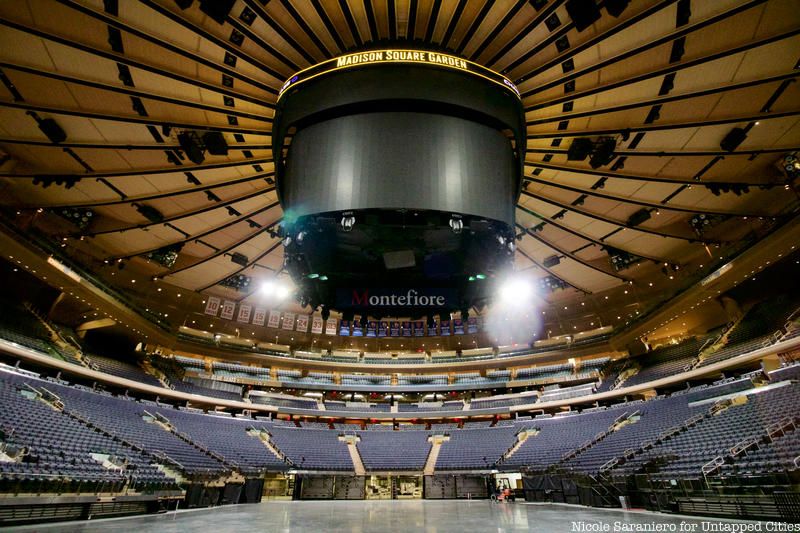
The third Madison Square closed in 1968. The venue moved again to where it currently sits, atop the demolished site of Penn Station. The circular venue was designed by Charles Luckman. He is perhaps most famous for designing Boston’s Prudential Tower. This fourth version of Madison Square Garden has hosted everything from sports games and circuses to concerts and stand-up comedians, and everything in between.
Next, check out the Top 10 Secrets of Madison Square Garden!
Originally published June 2021
Subscribe to our newsletter